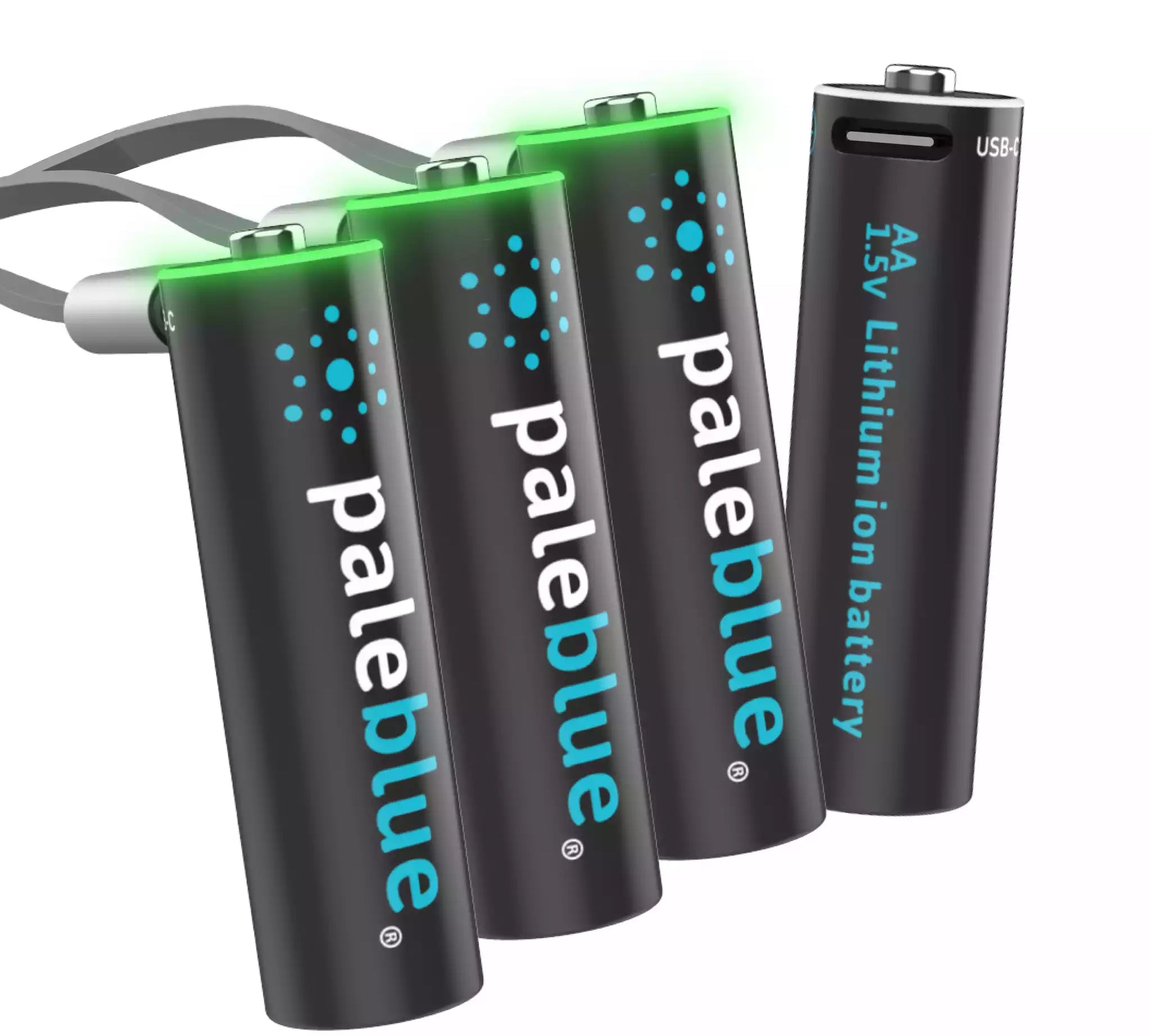Can All Lithium Batteries Be Recharged?

Lithium batteries have transformed the way we power our everyday devices. From smartphones and laptops to power tools and medical devices, lithium-based energy solutions are lightweight, high-performing, and long-lasting. However, a common question often arises: can all lithium batteries be recharged?
The simple answer is no—not all lithium batteries are designed for recharging. While many are built for repeated use, others are intended for single-use applications only. Understanding the differences among lithium battery types, their rechargeability, and how to maintain them properly is essential for safety and longevity.
This article explores the different types of lithium batteries, compares rechargeable and non-rechargeable versions, and outlines best practices for maintaining rechargeable lithium batteries to get the most from your investment.
Types of Lithium Batteries
Lithium batteries are available in a variety of formats and chemistries. Broadly, they fall into two categories: rechargeable and non-rechargeable (primary). Each type has its specific uses, advantages, and limitations.
Lithium-ion (Li-ion) Batteries
Lithium-ion batteries are the most common type of rechargeable lithium battery. Known for their high energy density and long life, Li-ion batteries are widely used in:
-
Smartphones
-
Laptops
-
Power tools
-
Portable gaming devices
-
Cameras
-
Portable medical equipment
Some common subtypes of Li-ion batteries include:
-
Lithium Cobalt Oxide (LiCoO₂): Common in consumer electronics due to its high energy capacity.
-
Lithium Manganese Oxide (LiMn₂O₄): Found in power tools and high-drain devices.
-
Lithium Iron Phosphate (LiFePO₄): Favored in applications where thermal stability and long cycle life are important.
-
Lithium Nickel Manganese Cobalt Oxide (NMC): Offers a good balance of capacity and safety.
-
Lithium Nickel Cobalt Aluminum Oxide (NCA): Used in high-capacity applications but now omitted from automotive-specific references.
These batteries typically offer hundreds to thousands of charge cycles, making them ideal for reusable consumer electronics.
Lithium Polymer (Li-Po) Batteries
Lithium Polymer batteries are a newer form of lithium-ion technology. Instead of using a liquid electrolyte, Li-Po batteries use a polymer gel, which allows for more flexible and compact battery designs. These are especially suited for:
-
Tablets and smartphones
-
Drones
-
Wearable technology
-
RC vehicles and toys
Benefits of Li-Po batteries include:
-
Lightweight design
-
Flexible form factors
-
Higher discharge rates
However, they tend to have slightly lower energy density compared to traditional Li-ion batteries and require more careful handling due to a higher risk of swelling or damage.
Primary Lithium Batteries
Primary lithium batteries are non-rechargeable and are meant for single-use applications. They are valued for their long shelf life, consistent power output, and reliability in low-drain or emergency-use situations.
Common types include:
-
Lithium Manganese Dioxide (LiMnO₂): Used in cameras, medical devices, and high-performance flashlights.
-
Lithium Thionyl Chloride (LiSOCl₂): Known for its extremely long shelf life and use in industrial monitoring, security systems, and utility meters.
These batteries are ideal for devices that require long-term standby power or operation in remote environments.
Rechargeable vs. Non-rechargeable Lithium Batteries
It’s crucial to understand the differences between rechargeable and non-rechargeable lithium batteries to ensure safe use and optimal performance. Using a battery outside of its intended design can lead to equipment damage or hazardous outcomes.
Characteristics of Rechargeable Lithium Batteries
Rechargeable lithium batteries, such as Li-ion and Li-Po, are engineered to undergo repeated charge and discharge cycles. Key features include:
-
High energy density: Suitable for portable, high-drain devices.
-
Long cycle life: Often lasting between 300 and 1,500 full charge cycles.
-
Low self-discharge: Retains charge well when not in use.
-
Built-in safety features: Includes protections against overcharging, overheating, and short circuits.
These batteries are commonly used in consumer electronics, professional tools, and backup power supplies.
Characteristics of Non-rechargeable Lithium Batteries
Non-rechargeable (primary) lithium batteries are designed for single-use scenarios. Once their charge is depleted, they should be properly disposed of and replaced. Characteristics include:
-
Long shelf life: Can hold a charge for 10–20 years in storage.
-
Stable voltage output: Offers consistent performance throughout usage.
-
Wide operating temperature range: Ideal for challenging environments.
-
No recharge capability: Attempting to recharge can be dangerous and may result in fire or explosion.
These are excellent choices for smoke detectors, keyless entry systems, remote controls, and medical devices.
Best Practices for Lithium Battery Maintenance
Proper maintenance of rechargeable lithium batteries can dramatically extend their life and maintain high performance. Whether powering a cordless drill, a laptop, or a camera, responsible usage habits are essential.
Proper Charging Techniques
-
Use the correct charger: Always charge with a manufacturer-approved or specifically rated charger for your battery type. Using the wrong charger can cause overheating or damage.
-
Avoid deep discharges: Try not to let your battery drop below 20% charge. Shallow discharges are healthier for lithium cells and can improve cycle life.
-
Don’t overcharge: Even though most batteries include overcharge protection, it’s good practice to unplug the charger once full.
-
Charge in a safe environment: Keep the battery and charger away from flammable materials. Ideal charging temperature is between 10°C and 30°C (50°F–86°F).
-
Limit fast charging: Fast charging is convenient but generates more heat, which can degrade the battery over time.
-
Cool before charging: After heavy use, allow the battery to return to room temperature before charging.
-
Track charge cycles: Knowing how many full cycles your battery has undergone can help anticipate performance decline and plan replacements.
Storage and Lifespan Extension Tips
-
Store at partial charge: If you don’t plan to use your battery for a while, store it at about 40–60% charge to reduce stress and avoid deep discharge.
-
Control storage environment: Keep batteries in a dry, cool place away from direct sunlight. Aim for a storage temperature around 15°C to 20°C (59°F–68°F).
-
Avoid prolonged full charge: Leaving a battery fully charged for weeks or months can accelerate degradation.
-
Use it periodically: Batteries that remain unused for long periods degrade faster. Cycle them every few months to maintain performance.
-
Inspect regularly: Look for signs of damage like swelling, leaking, or corrosion. Dispose of damaged batteries immediately and follow local recycling guidelines.
-
Handle with care: Never puncture, crush, or disassemble lithium batteries. Mishandling can release toxic or flammable substances and poses a serious safety risk.
Not all lithium batteries are rechargeable. Rechargeable types, such as lithium-ion and lithium polymer, are well-suited for high-use, portable electronics and benefit greatly from proper care and charging practices. Non-rechargeable lithium batteries, on the other hand, are indispensable for long-term, low-maintenance power in items like smoke detectors and remote controls.
By understanding the different types of lithium batteries and their intended uses, consumers and businesses can make informed choices that improve safety, reliability, and cost-effectiveness. Coupled with smart maintenance habits, rechargeable lithium batteries can deliver years of efficient service for everything from handheld tools to medical equipment.








